This article was co-authored by Trudi Griffin, LPC, MS. Trudi Griffin is a Licensed Professional Counselor in Wisconsin specializing in Addictions and Mental Health. She provides therapy to people who struggle with addictions, mental health, and trauma in community health settings and private practice. She received her MS in Clinical Mental Health Counseling from Marquette University in 2011.
There are 12 references cited in this article, which can be found at the bottom of the page.
This article has been viewed 25,021 times.
Eating disorders are characterized as unhealthy disturbances in eating behaviors. There are more well-known eating disorders such as anorexia and bulimia, as well as less understood disorders such as pica and rumination disorder. You can learn to spot an eating disorder by identifying common symptoms and warning signs, understanding different eating disorder diagnoses, and getting a professional opinion.
Steps
Identifying Common Symptoms
-
1Observe signs of abnormal eating. One way to spot symptoms is to simply be aware of the person’s behaviors when they eat. Try to understand your friend’s relationship with food.
- Notice if the person eats large quantities of food even when they are not hungry.
- Observe if your friend complains of a stomach ache or having eaten too much on a regular basis. This can be a sign of binge-eating.
- See if the person self-medicates with food. People with eating issues may often use food as a way to feel better. Does your friend want to eat unhealthy when they are feeling sad or angry?
- Notice if your friend never wants to eat around other people, or eats secretively. Does your friend hide food that they are eating so that others won’t see?
- There may be a problem if your friend repeatedly makes excuses for not eating such as saying, “I’m not hungry,” very often.
- Look for food hoarding. Individuals with eating disorders may hoard food out of embarrassment. They may stash food in a secret place to use for future binging.
-
2Look for binge eating. Binge eating is one of the major symptoms associated with various eating disorders. While it is not necessary to diagnose certain eating disorders, it is very common.
- Binge eating involves:
- eating, in a discrete period of time (for example, within any 2-hour period), an amount of food that is definitely larger than most people would eat in a similar period of time under similar circumstances, and
- a sense of lack of control over eating during the episode (for example, a feeling that one cannot stop eating or control what or how much one is eating).
- To be classified as binge-eating, the person will experience at least 3 of the following: eating much more rapidly than normal, eating until feeling uncomfortably full, eating large amounts of food when not feeling physically hungry, eating alone because of feeling embarrassed by how much one is eating, or feeling disgusted with oneself, depressed, or very guilty afterward.[1]
- Binge eating also causes emotional distress, and occurs at least once per week.
Advertisement - Binge eating involves:
-
3Notice compensatory behaviors. When individuals binge, sometimes they may engage in behaviors that help them feel better about the binge, or reduce the weight gain that might occur.
- Purging is one type of compensatory behavior that is used to deal with the effects of a binge.[2] This means the person purposely vomits in order to release the food out of their system. Notice if your friend goes to the bathroom repeatedly during or right after a meal. Listen for sounds of throwing up, using mouthwash, or brushing of the teeth (which will often occur after a purge).
- Other compensatory behaviors include taking laxatives, diet pills, or diuretics as well as fasting or exercising excessively (several times or many hours per day).
Noticing Other Warning Signs
-
1Detect issues with control. Sometimes people with eating disorders experience additional symptoms and warning signs which are not captured by the clinical diagnosis. Control issues are one of these warning signs. Eating disorders are not solely about food, they are sometimes about control.
- People with eating disorders may experience a sense of lack of control over their eating. [3] Notice if your friend says things like, “I just can’t help myself. I don’t think I can control what I eat.”
- On the flip-side, the person may show extreme care and control over their eating. Observe if there is a noticeable preoccupation with weight, calories, or food. Also look for food rituals such as needing to eat a certain way or a certain type of food regularly.
-
2Check for mood issues. People who suffer from eating disorders will often have feelings of shame, guilt, depression, and anxiety. Sometimes they may even experience dramatic mood swings.
- Does your friend often feel guilty after they eat? They may verbalize their guilt by saying things like, “Ugh, I wish I hadn’t eaten that.”
- Identify self-esteem issues such as feelings of worthlessness or inferiority.
-
3Explore body-image ideas. Another common issue in some eating disorders is a disruption in body image. Ask questions and be curious about your friend’s concept of their body.
- This may mean that the person is very fearful of gaining weight.
- Notice if your friend says they are overweight or fat, when they clearly are not. Denial of low weight can be a symptom of Anorexia.
-
4Take an account of health issues. Eating disorders can often cause medical complications as well as visible health signs.
- Some specific health-related symptoms include:
- Pale or yellow skin tone.
- Thin, dull, and dry hair, skin, and nails.
- Intolerance for cold.
- Recurrent fatigue or feeling of lethargy.
- Fainting.
- Looking very frail or underweight (abnormally thin arms, legs, or face).
- Gaining weight, being significantly overweight, or obese.
- Some specific health-related symptoms include:
Understanding the Different Types of Eating Disorders
-
1Know the criteria for bulimia nervosa.[4] Bulimia nervosa is when a person frequently (at least once per week) binge-eats and then uses some behavior to remedy the effects of the binge (such as vomiting, taking laxatives, or excessively exercising).
- Realize that the person does not have to self-induce vomiting to meet the criteria for this disorder.[5]
-
2Understand anorexia nervosa. Anorexia is associated with excessive dieting or food restriction which causes severe weight loss.[6] The individual will also have a distorted body-image, and an intense fear of becoming overweight.[7]
- Anorexia nervosa primarily affects adolescent girls and young women (although can also be present in older women and men). [8]
- People with anorexia severely restrict their calorie intake.
- Low body weight means the person is underweight in terms of their height, age, and sex. This can be calculated by using the Body Mass Index (BMI).
- Even though the individual is not overweight they will be very fearful of gaining weight or becoming fat.
- Look for body image issues such as concern with weight, body shape, or body type. Someone with anorexia will have a disturbance in body-image, meaning they could be in denial about the seriousness of their low weight, or believe that they are overweight.
- There are two subtypes of anorexia - restricting type (not eating enough food), and binge-eating/purging type.
-
3Recognize binge-eating disorder. Binge-eating disorder is a relatively new diagnosis and it has been added to better encompass the presence of binge-eating without compensatory behaviors (such as vomiting). Individuals with this disorder binge eat at least once per week for more than 3 months (in order to meet the requirements for a diagnosis).
- Binge eating is eating significantly more food than normal in a short period of time. Normal is defined in terms of what most people would eat under normal circumstances.
- People who binge will feel out of control, like they cannot stop themselves from binging.
- Someone with binge eating disorder may eat too quickly, even when they are not hungry.
- After binging, the individual may feel guilty, embarrassed, or disgusted.
- Some individuals may binge eat only when alone in order to conceal the issue from others.
-
4Know about pica. Pica is a less well-known eating disorder. Many people may have not even heard of it. However, it can cause significant distress.
- Pica is when someone eats non-nutritive substances (objects, not food-related) for a period of at least one month.[9] The eating of non-nutritive substances is inappropriate to the developmental level of the individual (you would not diagnose a young child for eating crayons).
- The eating behavior is not part of a culturally supported or socially normative practice (such as eating something non-harmful as part of a religious practice).
- Pica often occurs along with other mental health disorders.[10] However, pica may be severe enough to require specific clinical attention and treatment planning.
-
5Understand rumination disorder. Rumination disorder is when people repeatedly regurgitate their food for at least one month. The food is either spit out, re-chewed, or swallowed.[11]
- Rumination disorder is not due to a medical issue (such as a stomach flu that causes you to vomit).
-
6Understand avoidant/restrictive food intake disorder (ARFID). ARFID is an eating disorder where someone has a feeding issue which results in an inability to meet nutritional or energy needs.[12]
- This eating disorder includes one or more of the following: significant loss of weight, nutritional deficiency, dependence on enteral feeding or oral nutritional supplements, and marked interference with psychosocial functioning.
- This diagnosis cannot be made if the person does not have enough food available to eat (such as being homeless or having low income).
- The person will not have a body image disturbance.
- Some individuals who are vegan or vegetarian may meet this diagnosis if they do not have adequate nutrition.
-
7Recognize other specified feeding or eating disorders (OSFED). This is the eating disorder diagnosis that is made when a person has significant feeding issues which cause distress and impairment, but do not meet the full requirements for any other eating disorder.[13]
- For example, a person may not meet the full criteria for binge eating disorder because they binge at a lower frequency (such as once every few weeks), or has been doing it for less than 3 months. This still means there is a problem, however, and that it might turn into a full binge eating disorder.
- Another example is if the person meets most of the criteria for anorexia nervosa, but is within the normal weight range for their height.
- Remember that just because your friend doesn’t meet the full criteria for anorexia or bulimia, this doesn’t mean there is not a problem. Seek out help from a professional for a proper diagnosis.
-
8Know about unspecified feeding or eating disorder (UFED). This diagnosis applies when the individual has significant eating issues, but the symptoms do not fulfill the criteria for another disorder. Therefore, if your loved one has eating symptoms that do not fit neatly into another diagnosis, it does not mean there isn't a problem. Sometimes this diagnosis is used when a psychologist does not have enough information to make another diagnosis.[14]
Getting Outside Help
-
1Consider encouraging your friend to seek help. If you have identified that your friend might have an eating disorder, you may want to consider talking to them about it. Be there for your friend and listen to their struggle. Although your support can be helpful, chances are one person alone will not get your friend to realize something is wrong.
- You can begin by saying something like, "I care about you very much and I'm concerned about your eating habits and that they might be hurting you. Have you every thought about getting help?"
- Be careful not to diagnose your friend by saying, "I think you have bulimia"
-
2Help your friend find treatment. This may be too big a problem for anyone to handle on their own. Direct your friend to a therapist or psychologist.
- Offer your assistance by saying something like, "I can help you find someone to talk to if you'd like me to."
- You can search the American Psychological Association (APA) database for therapists in your area.[15]
- Tell your friend to contact their insurance company to find out more information about services and possible therapists.
-
3Motivate your friend. Positive reinforcement can be a very helpful way to increase good behaviors such as eating healthy.
- When you notice your friend eating in a healthy way, tell them, "I noticed you are eating a normal amount lately. Good job!"
Warnings
- These disorders can be very serious and can even cause death.⧼thumbs_response⧽
- If the person does not seek help, or gets angry with you for trying to help them, you cannot blame yourself. You did what you could by trying to help.⧼thumbs_response⧽
References
- ↑ https://www.ncbi.nlm.nih.gov/books/NBK338301/table/introduction.t1/
- ↑ https://www.hopkinsmedicine.org/psychiatry/specialty_areas/eating_disorders/faq.html
- ↑ https://pubmed.ncbi.nlm.nih.gov/16843221/
- ↑ https://www.hopkinsmedicine.org/health/conditions-and-diseases/eating-disorders/bulimia-nervosa
- ↑ https://www.hopkinsmedicine.org/health/conditions-and-diseases/eating-disorders/bulimia-nervosa
- ↑ https://www.nationaleatingdisorders.org/learn/by-eating-disorder/anorexia
- ↑ https://www.hopkinsmedicine.org/health/conditions-and-diseases/eating-disorders/anorexia-nervosa
- ↑ https://www.nimh.nih.gov/health/statistics/eating-disorders.shtml#part_155061
- ↑ https://www.nationaleatingdisorders.org/learn/by-eating-disorder/other/pica
- ↑ https://www.nationaleatingdisorders.org/learn/by-eating-disorder/other/pica
- ↑ https://www.sciencedirect.com/topics/medicine-and-dentistry/rumination-syndrome
- ↑ http://www.eatingdisorders.org.au/eating-disorders/what-is-an-eating-disorder/classifying-eating-disorders/dsm-5
- ↑ https://www.nationaleatingdisorders.org/learn/by-eating-disorder/osfed
- ↑ http://www.eatingdisorders.org.au/eating-disorders/what-is-an-eating-disorder/classifying-eating-disorders/dsm-5
- ↑ http://locator.apa.org/
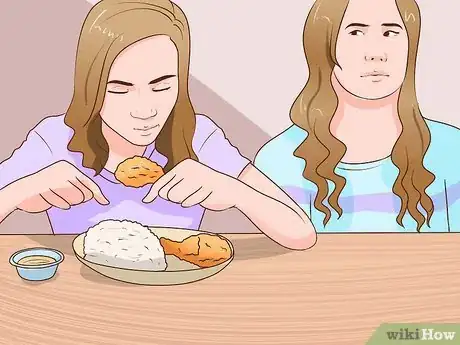
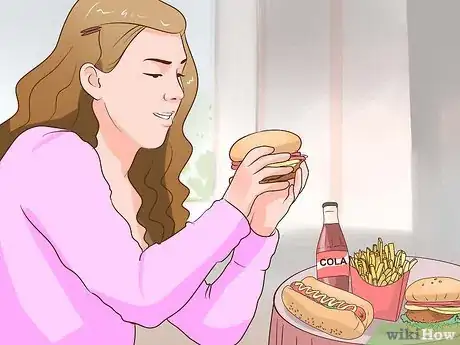
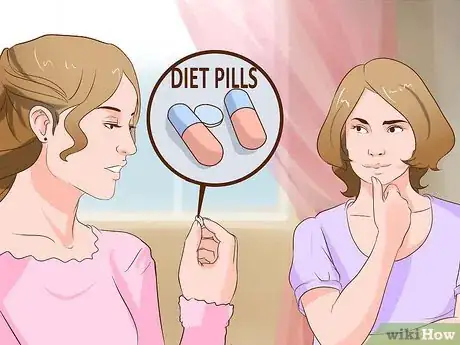
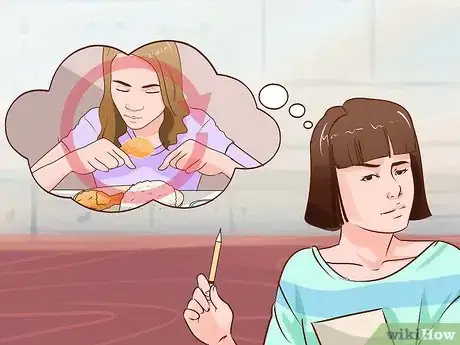
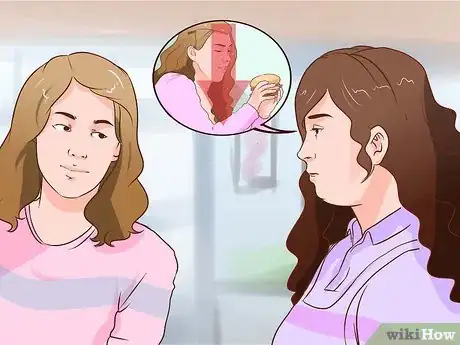
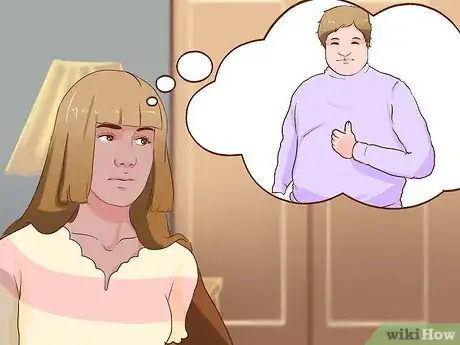
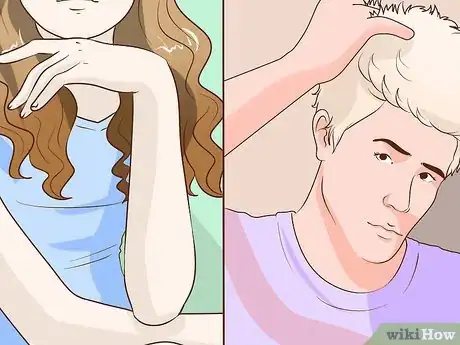
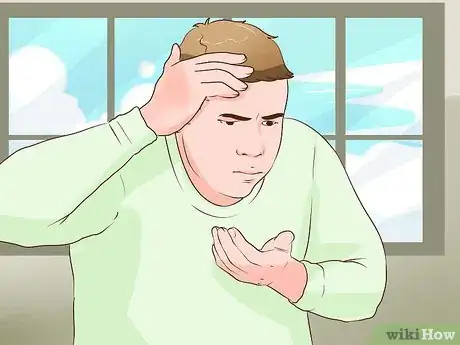
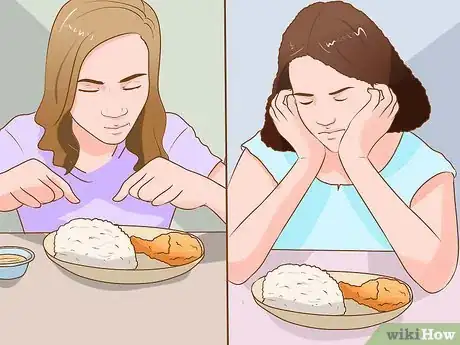
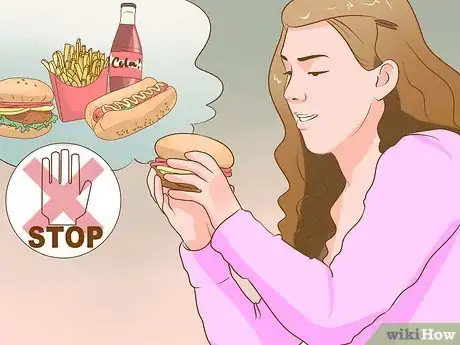
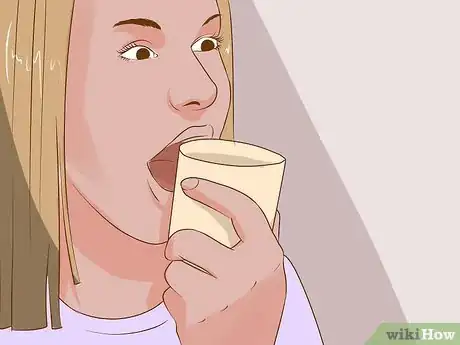
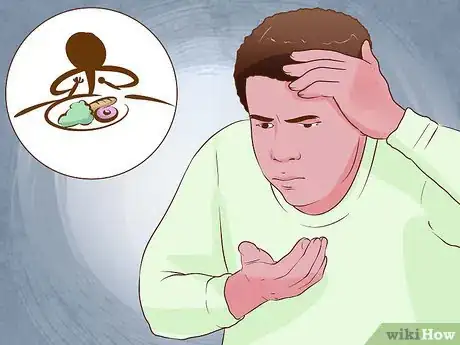
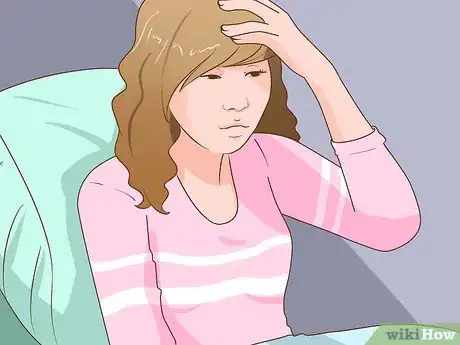
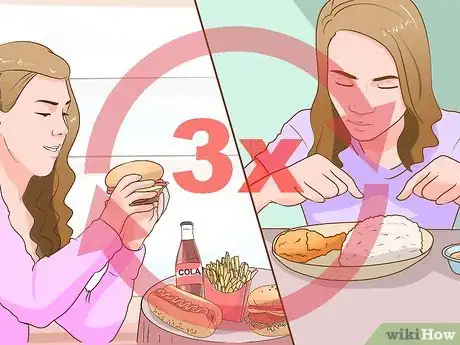
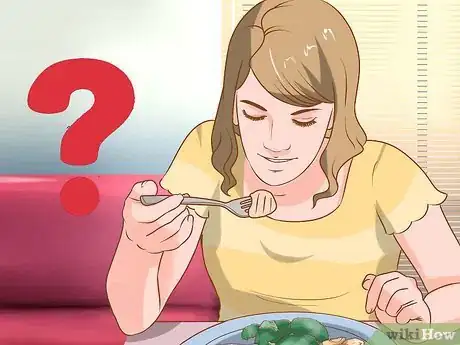

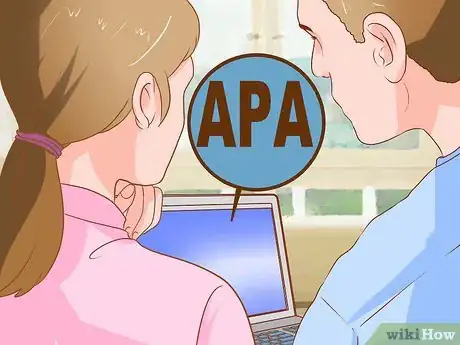
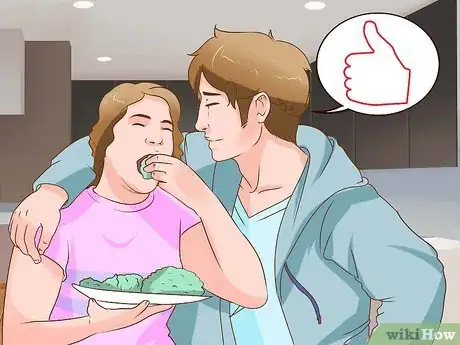




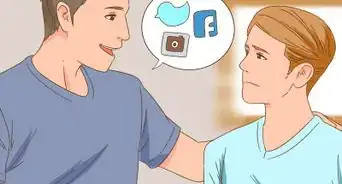



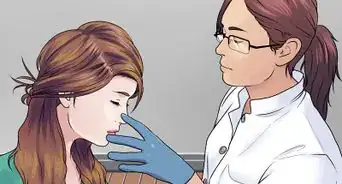
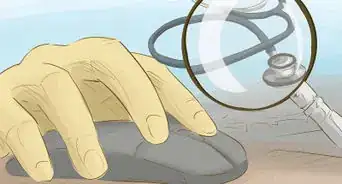

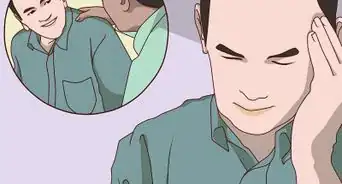










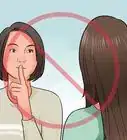





































Medical Disclaimer
The content of this article is not intended to be a substitute for professional medical advice, examination, diagnosis, or treatment. You should always contact your doctor or other qualified healthcare professional before starting, changing, or stopping any kind of health treatment.
Read More...